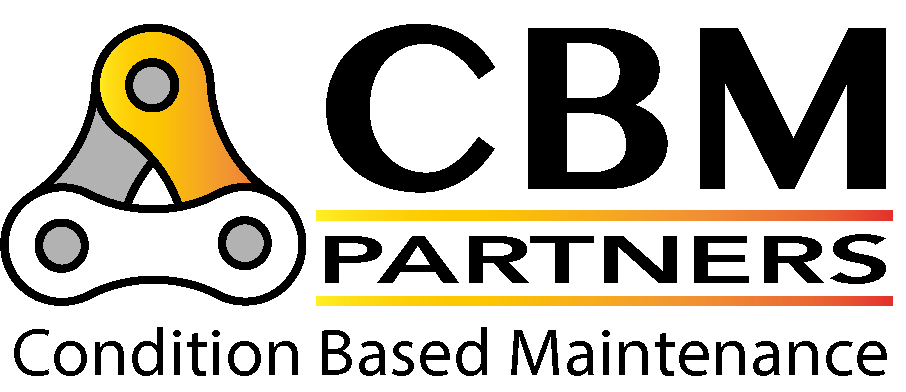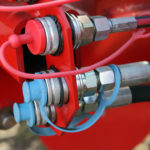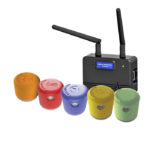Precision Lubrication is Critical for Reliable Plant!
- Lack of ownership of the site lubrication program
- Lubricants are selected on price rather than performance
- Lack of specific lubrication training
- The CMMS does not support precision-based lubrication
- Lubricant stores are not managed
Source; last 4 years CBM Partners site lubrication audits

” >60% bearing failures are due to poor lubrication “
PRECISION LUBRICATION SUCCESS FACTORS
We have summarised scores against our 140 question assessment survey;
VISUALISATION
Colour code charts in the storage area, colour coded grease guns and top-up containers, colour coded grease nipples and signs by machines.
If kept accurate, visualisation has a very positive impact on the way that lubrication is seen on site and is an important factor in changing from a “grease monkey” to “tribologist” mindset
PERSONNEL
Any personnel involved in lubrication should have their lubrication role and responsibilities clearly described in their Job description.
At least one person on site should be trained & certified in machine lubrication; all personnel involved in lubrication should be trained.
Back-up personnel & processes should be in place in case of need for lubrication tasks.
KPI’S & METRICS
Schedules should be established down to lubrication point level, not just machine. Task completion should enable KPI data & reporting.
Schedule compliance (incl. % overdue).
Amount, type and frequency of lubricant per point. Ideally including machine criticality to aid focus.
TASK MANAGEMENT
Visual observations should be easily recorded and assigned to maintenance teams.
PROGRAM MANAGEMENT
Regular “health check” of lubrication standards including product quality & effectiveness.
Continuous improvement projects “moving into the best practice zone”.






